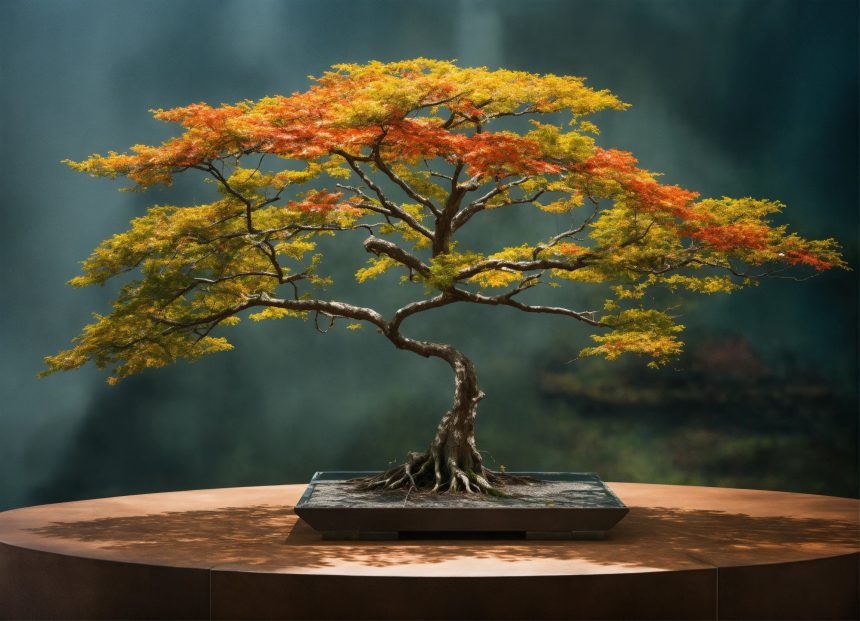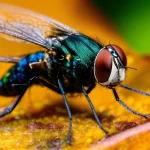Junipers are popular evergreen shrubs that are loved for their decorative foliage and berries. They come in many different varieties and sizes, from low groundcover junipers to large upright junipers reaching tree-size. Junipers are relatively easy to grow, adaptable to many soil types and tolerant of harsh environmental conditions like drought, heat, cold and coastal exposure. With some planning and proper care, you can successfully plant and grow healthy juniper shrubs.
Selecting a Juniper Variety
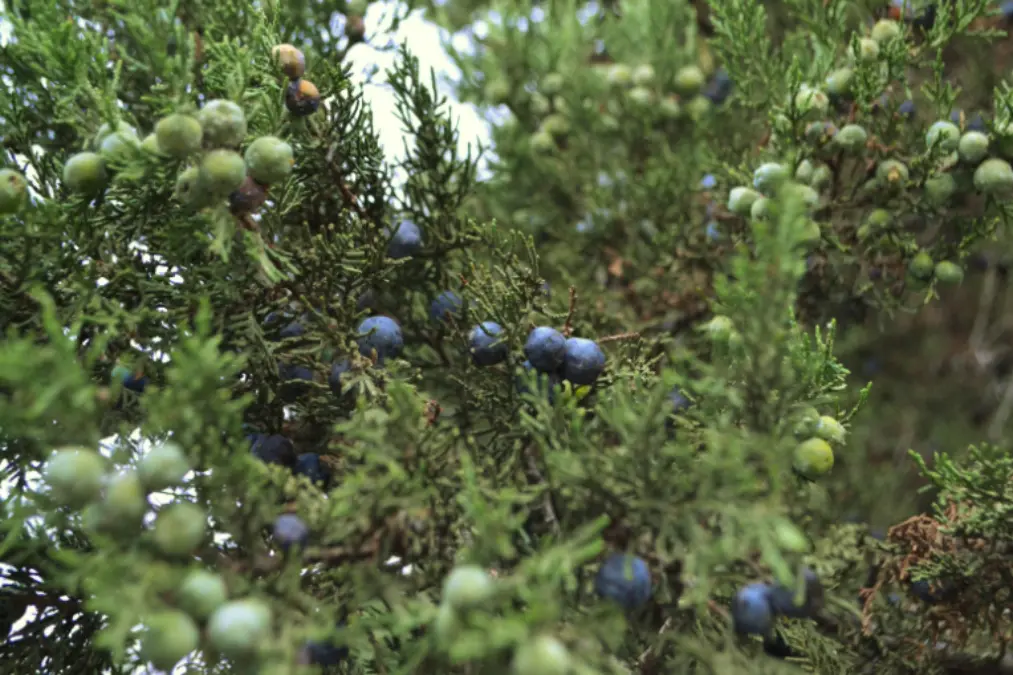
Growth Habit
When picking a juniper for your garden, think about how big you want it to get and what shape you like best. Some junipers grow low and spread out like a carpet. These are great for covering ground and stopping soil from washing away. Others grow in mounds, which can fill up empty spaces with lots of leafy greens. Tall, skinny junipers are perfect for adding height and making screens for privacy.
Junipers come in different sizes, so make sure to read the labels to see how big they’ll get when they’re all grown up. Some stay small, only reaching a couple of feet tall, while others can grow as big as trees, up to 30 feet high!
Foliage
Juniper leaves are actually tiny scales that stay green all year round. They come in shades of green, blue-green, gold, and even mixed colors. Some have long, flowy leaves that look delicate, while others have prickly needles or spiky leaves that create cool contrasts in the garden.
Berries
Many junipers grow pretty blue berries in the fall that last through winter. Birds love to eat them! If you want berries, make sure to plant a male juniper nearby to help the female plants make the berries.
If you don’t want to deal with messy berries, there are also junipers that don’t make them at all.
Growing Conditions
When choosing your juniper, check what kind of growing conditions it likes. Most can handle a variety of soils, heat, living near the ocean, and not a lot of water.
Some prefer cooler weather, while others can handle the heat and sunshine bouncing off pavement. Just make sure the juniper you pick matches the weather and spot in your yard.
Preparing the Planting Area
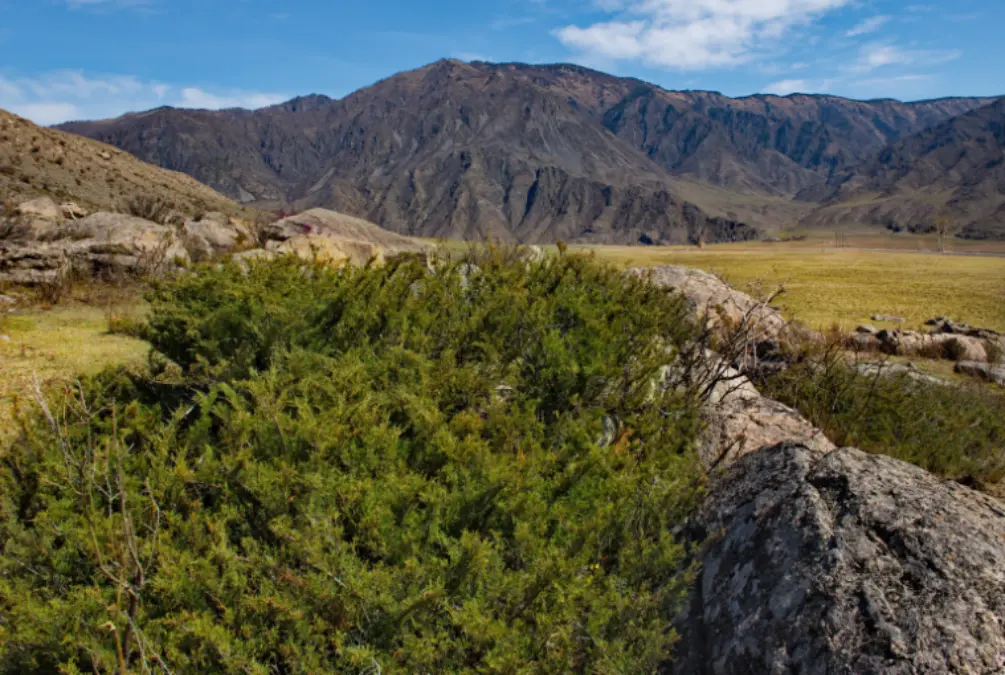
Junipers need soil that drains well so their roots don’t get too wet and rot. If your soil is heavy and dense, mix in some aged compost or well-rotted manure before planting. This will help loosen things up. For sandy soils, add some peat moss or leaf mold to help keep water and nutrients around the roots. You can also test your soil to see if it needs any adjustments.
When digging the hole for your juniper, make it 2-3 times wider than the root ball, but not any deeper. Juniper roots like to grow out to the sides, so a wide hole lets you spread them out.
Junipers love lots of sun, so pick a spot that gets at least 6 hours of direct sunlight every day. In super hot areas, choose junipers that can handle the heat and put mulch around them to keep their roots cool.
Selecting Healthy Plants
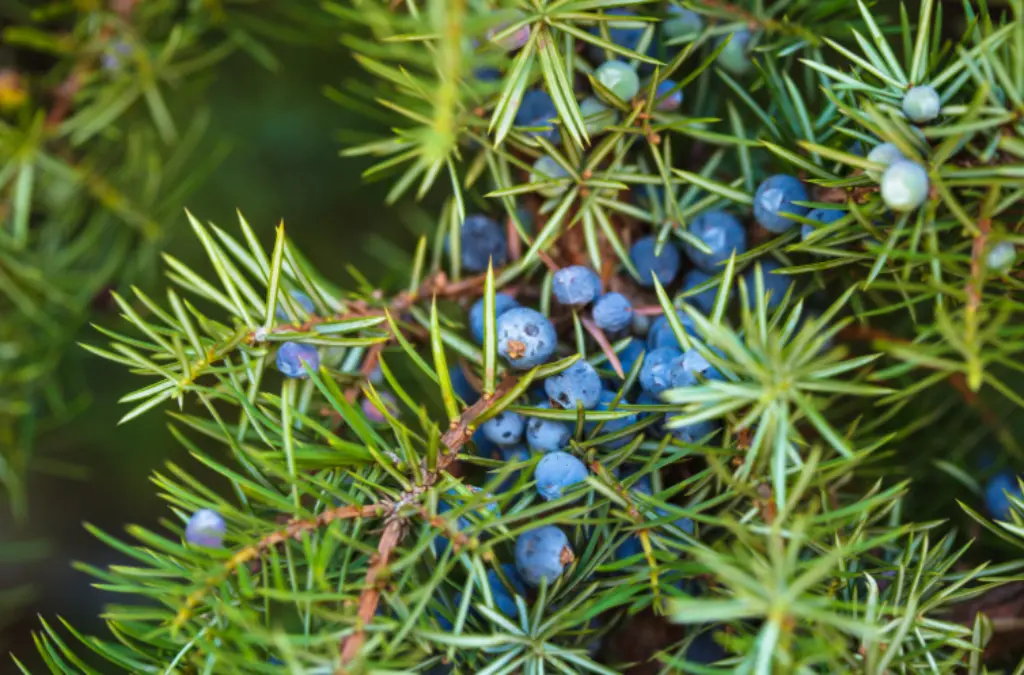
Inspect juniper plants at the nursery before purchasing. Look for signs of good health like:
- Full, vibrant green or blue foliage
- Firm, upright stems
- No dead branches or broken foliage
- Moist soil in the container
- No weeds growing in the pot
Avoid plants with brown foliage, thinning growth, signs of pests or roots growing in circles around the inside of the container. This indicates the plant is rootbound or stressed.
When to Plant Junipers
Junipers grow well when planted in spring or fall. Avoid summer planting as extreme heat increases transplant stress. Time fall planting 6-8 weeks before the ground freezes to allow plants to establish roots before winter dormancy.
Container-grown junipers can be planted at any time of year as long as you provide extra water until plants become established.
Planting Process
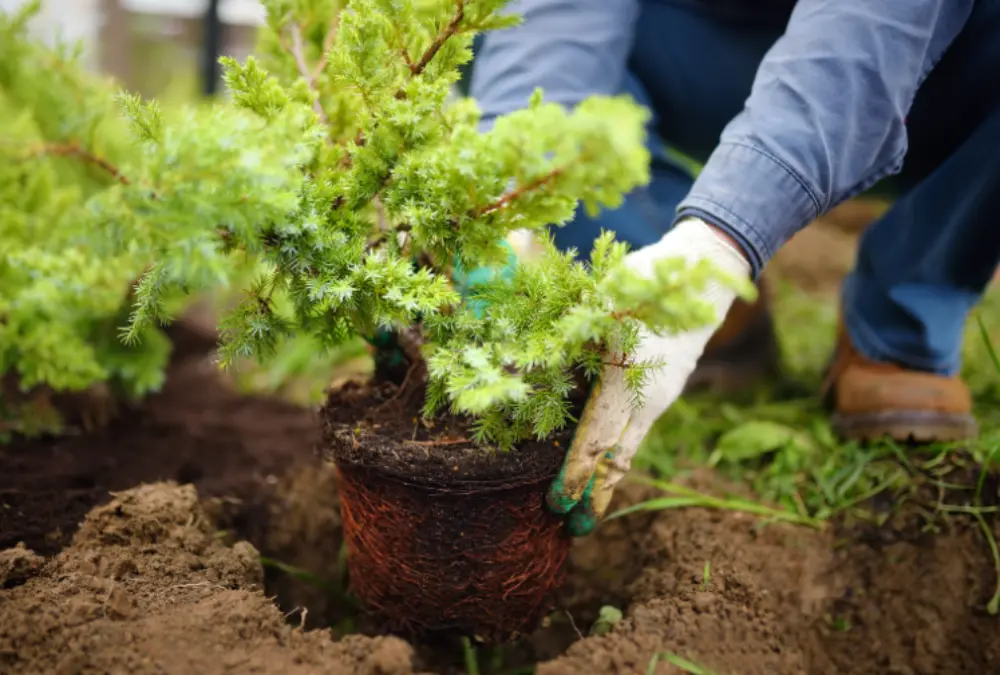
Here is the basic process for planting junipers:
- Prepare the planting hole and location as discussed in the previous sections.
- Water the juniper plant while still in it’s nursery pot a day before planting.
- Remove the plant from the container, loosen any circling roots and gently break up the root ball.
- Place the juniper in the planting hole. The top of the root ball should sit right at the soil surface or slightly higher on slopes.
- Backfill soil around the root ball and tamp firmly to remove air pockets.
- Water thoroughly until the soil is moistened to a depth of 8-10 inches.
- Apply 2-3 inches of organic mulch around plants, but avoid piling it against the stems.
- Water as needed during establishment, about 1-2 inches of water per week.
Initial Care and Maintenance
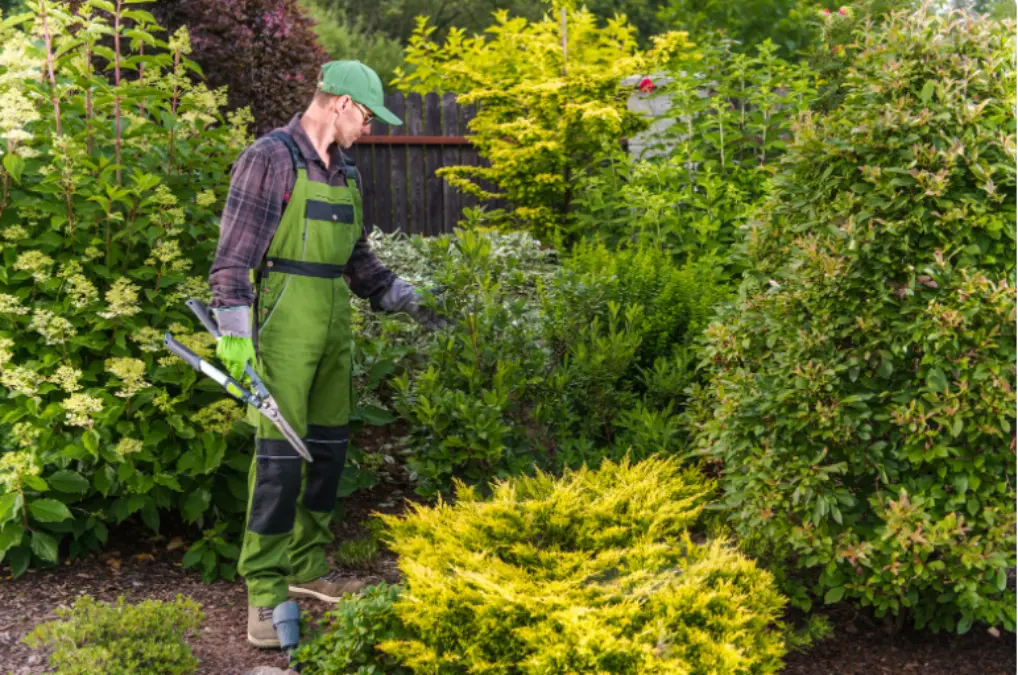
The first year after planting is when proper care and maintenance is most crucial. Proper watering, pruning and pest management during this period helps junipers successfully take hold and prepares them for healthy growth.
Watering
Water is most critical during juniper establishment. Soak the entire root zone 1-2 times per week during the first year. Water slowly and deeply rather than frequent light sprinklings.
As plants become established, water deeply once every 2-4 weeks depending on rainfall. Mature junipers are quite drought tolerant but should receive occasional deep soakings during hot, dry periods.
Staking
Staking is useful for securing taller, upright junipers after planting to protect from wind damage. Use flexible ties on stakes positioned outside the root ball to avoid injuring plant tissues. Leave supports in place for one growing season until juniper plants become firmly rooted.
Pruning
Prune immediately after planting to remove any dead or broken branches and improve shape. Always prune lightly, removing no more than one-third of the total foliage. Never shear or cut back junipers into old bare wood.
Pruning stimulates new growth but excessive pruning causes stress. Only tip prune established junipers to control size and shape. Prune lightly in early to mid-spring before the main growing period.
Pest Management
Junipers suffer few serious pest problems, but watch for signs of common insects like bagworms, spider mites, scale and juniper midges. Promptly treat any infestations found in fall or early spring with appropriate organic or chemical pesticides.
Remove weeds growing around junipers to eliminate habitat and food sources for pests. Apply fresh mulch after weeding. Preventive care is easiest for pest management. Maintaining plant health through proper care makes junipers less susceptible to attacks.
Long-Term Care
Once juniper plants become established, which takes 1-2 years, they require minimal care to remain attractive, resilient landscape plants.
Watering
Mature junipers need very little supplemental water, except during unusually hot, dry spells. Drought-tolerant varieties subsist primarily on rainfall once established. Avoid over-watering junipers after establishment or foliage can turn brown.
Pruning
Prune as needed to control size and shape or remove dead branches every 2-3 years. Retain a natural form by thinning entire branches back to a main stem. Never shear established junipers. Time tip pruning in early spring before new growth emerges.
Fertilization
Junipers rarely need extra nutrients. Use an organic or balanced slow-release fertilizer in early spring only if plants show poor growth or deficiencies. Too much fertilizer causes leggy, unattractive growth.
Mulching
Reapply 2-3 inches of pine straw, bark or other organic matter around plants every two years. Mulch insulates soil, reduces weeds and adds organic matter as it decomposes. Keep mulch a few inches away from stems to discourage pests and disease.
Best Companion Plants
- Ornamental Grasses: Many ornamental grasses complement junipers nicely in texture and form. Try feather reed grass (Calamagrostis x acutiflora), blue oat grass (Helictotrichon sempervirens), or little bluestem (Schizachyrium scoparium) as companions.
- Broadleaf Evergreens: Pair junipers with broadleaf evergreens like boxwood, holly, cherry laurel and camellia. These combine well for multi-season interest. Try dwarf hinoki cypress for contrasting softer foliage.
- Spring Bulbs: Bulbs like tulips, daffodils and crocus bursting into bloom contrast beautifully with the evergreen junipers. Nestle bulbs near the base or in front of junipers.
- Rock Garden Plants: Mix low-growing rock garden perennials around ground cover junipers. Choose semi-evergreen perennials, alpines, sedums and creeping thymes to adorn the landscape with colors and textures.
- Conifers: Combine upright juniper varieties with other conifers like pines, arborvitae, false cypress and spruce for unique texture and form contrasts. Add dwarf and medium sized varieties.
- Native Plants: Plant native wildflowers, ferns and grasses along with junipers suited for natural, indigenous gardens that require no supplemental water or care.
Troubleshooting Problems
Here are solutions for common juniper growth issues:
- Brown foliage – Results from too much or too little water, disease, harsh weather or poorly drained soil. Adjust watering practices and improve cultural practices.
- Sparse growth – Caused by insufficient light, over-pruning or very old plants. Move plant to a sunnier location, limit pruning and replace extremely old specimens.
- Pest damage – Chewing damage, spotting, sticky coating or webs indicate insect or disease trouble. Identify the culprit and apply appropriate organic pest control. Improve plant care to avoid repeated problems.
- Difficult establishment – Junipers fail to establish well because of improper planting depth, dense soil, overwatering or insufficient water. Check planting methods to remedy the issue.
With the proper selection, planting and care, you can expect many years of attractive growth from hardy juniper plants. They require minimal maintenance to enhance the landscape with their evergreen structure and unique, decorative appeal. Adjust care according to the needs of your climate, soil and juniper variety.
Pros and Cons
| Pros | Cons |
|---|---|
| Tolerant of various soil types and environments | Can take several years to establish |
| Low maintenance once established | Slow-growing compared to other shrubs |
| Drought resistant | May need occasional pruning and maintenance |
| Attractive evergreen foliage | Prone to certain pests like spider mites |
| Provide year-round landscape structure | Sharp foliage on some varieties may poke skin |
| Offer screening and privacy | Berries can be messy on some varieties |
| Many size options from groundcover to tree forms | Does poorly in dense, wet soils |
| Withstand coastal exposure | Requires good drainage |
| Produce decorative berries on female plants | Not suitable for very small landscape spaces |
| Adaptable to heat and cold climates | May suffer foliage damage in extreme cold |
FAQs
Junipers range dramatically in size depending on variety. They come in low groundcover forms less than 1 foot tall and spreading tree types up to 40 feet tall. Always check tag or plant descriptions for the expected mature size.
Most junipers grow at a slow to moderate pace, averaging 1-2 feet per year once established. Be patient with junipers as they can take 2-4 years to establish before putting on significant growth. Some spreading types under a foot tall may only grow 2-4 inches per year.
Light pruning maintains shape, removes dead foliage and promotes healthy growth. Never shear or cut junipers back to bare wood. Only tip prune branches using sharp pruners during dormancy in early spring before new growth emerges.
Junipers require full sun for best performance – at least 6 hours of direct sun per day. Too much shade causes sparse, weak growth. Morning sun is essential even for varieties suitable for part shade.
Mature junipers are quite drought tolerant thanks to their evergreen foliage and deep root systems. Water established plants only every 2-4 weeks during dry periods with a good, long soak. Be sure soil drains well to avoid constant dampness.
Several issues cause juniper foliage to brown including improper watering, poor drainage, disease, undernourishment or stress. If entire plants or branches turn brown, it is likely a cultural practice that needs correcting, especially over or under-watering.
Rarely. Junipers do not require regular fertilization, which can cause overly lush, weak growth. Use an organic or balanced slow-release fertilizer only if plants show poor growth and only in early spring to prevent late season cold damage to new tender growth.
Conclution
Junipers are one of the most versatile landscape shrubs thanks to the huge diversity of foliage, textures, sizes and forms available. When properly sited and cared for, they require minimal maintenance while providing year-round evergreen structure and unique visual interest. Junipers come in heat and cold hardy varieties suitable for challenging climates where other plants struggle.
While slow-growing at first, once established most junipers put on steady growth for years to come with proper occasional pruning and care. Factors like soil preparation, drainage and correct planting depth are key to helping junipers develop robust root systems that sustain plants through maturity. Proper plant selection ensures juniper varieties match site growing conditions and space constraints.


